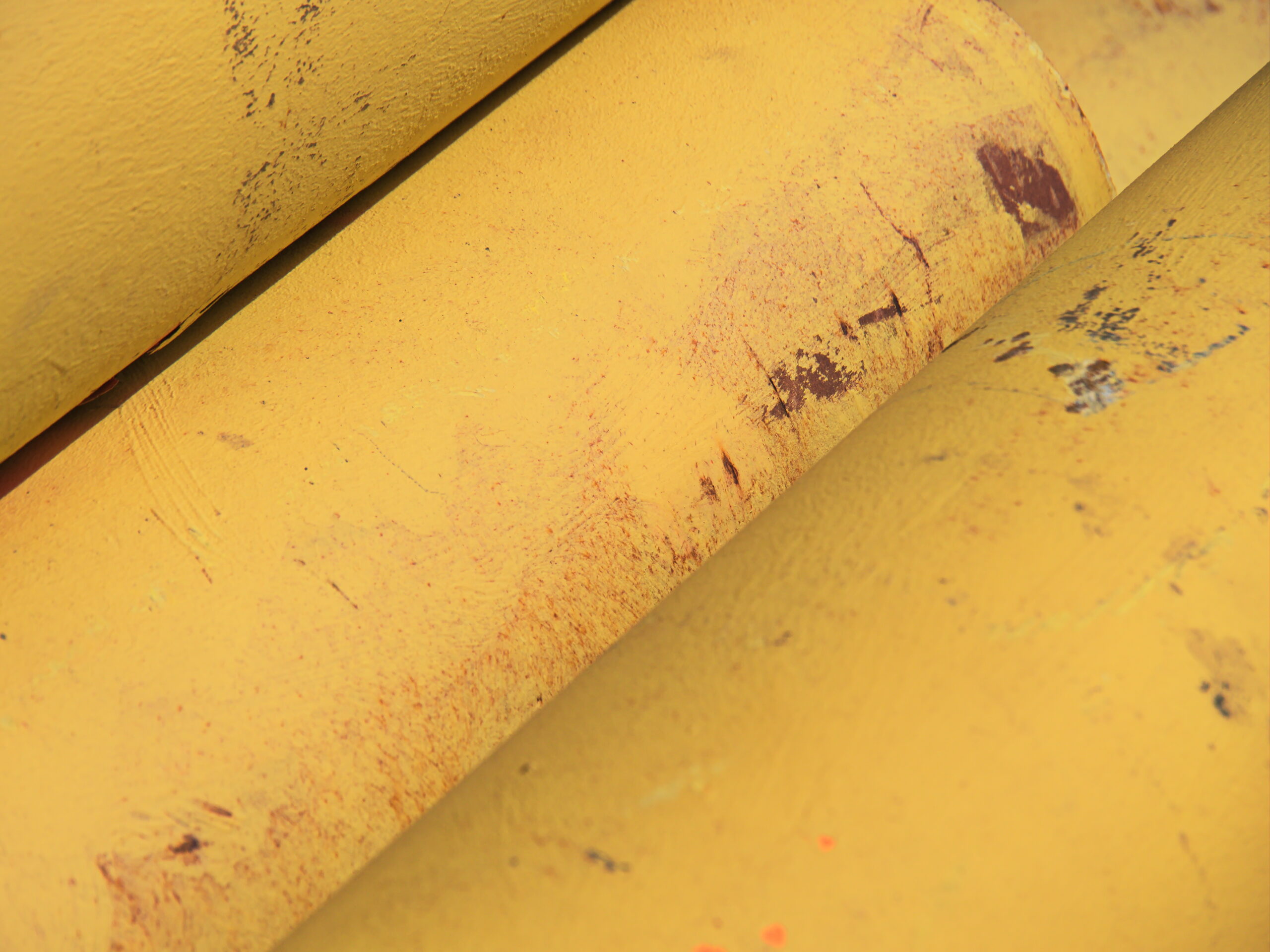Supreme Manual to Kitchen Sink Hose Attachments
Were you aware fitting a kitchen sink hose attachment could cut down on your utility costs? Even though the precise economies vary, the inclusion carries significance. A high-quality kitchen sink hose attachment improves both performance and water-saving, enhancing any kitchen. This definitive manual explores their value, benefits, and how they transform regular kitchen duties, like produce cleaning and utensil scrubbing.
Versions from 2016 and 2017 differ in endurance and utility. Regardless of their production era, installation correctness is vital; this typically requires strainer or screen removal, a must in every instance. Routine servicing is also essential to keep sink water line adapter at peak performance.
At Installation Parts Supply, we supply a diverse selection suited to different sinks, focusing on durability and usefulness. Next, we delve into the types, advantages, and care for kitchen sink hose attachments.
Key Takeaways
- Installing a kitchen sink hose attachment may decrease water bills.
- Correct installation guarantees performance; eliminating filter strainers is a crucial measure.
- Keep your hose attachment by routine cleaning.
- The type of material affects longevity; PVC is prevalent but may crimp.
- Checking for leaks after setup is critical for effective performance.
- Utilizing premium clamps boosts durability and pressure tolerance.
- Explore options at Installation Parts Supply for multiple kitchen requirements.
Overview to kitchen sink hose Attachments
A kitchen sink hose attachment links with your faucet to facilitate water distribution. It is available in variants like brass and instant connect. This configuration improves maneuverability, letting users reach hard-to-reach areas effortlessly. An budget-friendly attachment can improve kitchen functionality and streamline duties.
What is a kitchen sink hose Accessory?
This device incorporates a pliant hose that extends water flow directly where needed. Constructed using materials like brass-finished and plastic, providing options for durability. Boasting both pull-out and pull-down designs, they are perfect for various applications. Such functions include rinsing dishes and produce rinsing.
Benefits of Using a kitchen sink hose Accessory
Kitchen sink hose attachments offer a multitude of advantages. They facilitate flexible water flow management, optimizing spray dynamics and flow path. This flexibility facilitates maintaining tight spaces or oversized items. They are simple to install, without needing expert assistance. With multiple price points, it’s simple to locate a cost-effective choice, while seamlessly upgrading your kitchen.
Categories of kitchen sink hose Add-ons
Finding the right kitchen sink hose attachment is crucial for meeting your needs. Each variant serves distinct purposes, featuring special benefits. Exploring both flexible and stiff options, plus adapters for garden hoses, boosts your kitchen’s functionality.

Flexible kitchen sink hose Add-ons
Flexible kitchen sink hose attachments provide unparalleled adaptability. Suited for accessing difficult locations around the sink, they ensure rinsing dishes or rinsing fruits and veggies a cinch. Their ability to twist and turn into restricted spots is greatly appreciated. Their appeal of these attachments is on the rise due to their functionality and simplicity.
Stiff kitchen sink hose Attachments
Rigid kitchen sink hose attachments excel in their stability, providing consistent water flow. They are essential for filling pots or rinsing bulky objects with effortlessness. Built using robust materials like stainless steel, they are highly resistant to damage. They are favored by users for their leak resistance, affirming their reliability for daily use.
Adapters for Garden Hoses
Adapters for garden hoses connect kitchen faucets with outdoor hoses with ease. They are a great help for outdoor tasks, covering tasks like garden irrigation and outdoor furniture cleaning. These adapters reduce manual labor, saving homeowners from transporting heavy, water-filled buckets. Since most faucets are compatible with garden hoses, they deliver wide compatibility and convenience.
Deciding on the Ideal kitchen sink hose Attachment
Deciding on the ideal kitchen sink hose attachment involves considering various factors. These factors enhance both functionality and usability in your kitchen space. It is vital to seek out products that offer durability and are crafted from premium materials. Ease of installation and compatibility with your sink and faucet are key to making the best choice.
Strength and Material Standards
In your search for a long-lasting kitchen sink hose attachment, pay attention to the construction materials. Selections including stainless steel, granite, and high-grade plastics deliver longevity. They are famous for their ability to resist wear and tear. Opting for a long-lasting variant, you guarantee years of consistent operation, keeping it in optimal condition despite frequent handling.
Ease of Installation
A kitchen sink hose attachment with simple installation facilitates the whole procedure. A variety of models are built with simplicity in mind, suited for users without in-depth DIY knowledge. Choose an attachment that features clear instructions and every required component. This secures a rapid and hassle-free installation process.
Sink Compatibility
Ensuring your kitchen sink hose attachment fits your sink is crucial. Typically, sinks include pre-drilled holes for this purpose. You must opt for an attachment that complements your sink’s design. Proper compatibility eliminates issues such as drips, ensuring your attachment operates perfectly.
Easy Installation of kitchen sink hose Devices
Attaching a kitchen sink hose attachment might look challenging. Nonetheless, a straightforward set of instructions simplifies the process. This simple method allows anyone to upgrade their kitchen’s utility. It details a detailed process for attaching a kitchen sink hose, featuring the required equipment.
Sequential Fitting Manual
Begin by gathering all essential components and instruments. Use an aerator removal tool to remove the faucet’s aerator. Verify if your faucet is equipped with male or female threads for proper connection. Use Teflon tape on the faucet spout to create a secure, leak-proof connection.
Subsequently, fix the correct faucet adapter. Ensure its tight fixation to eliminate leakage. Insert a rubber gasket for a solid connection; this will help avert leaks if properly installed. Apply vinyl grip tape on the wrench to protect surfaces from scratches during use. Exercise extra care not to damage the threads, thereby avoiding harm to the faucet.
If lacking a vacuum breaker, incorporating a hose-type vacuum breaker is advisable for ensuring system stability. Make sure to depressurize the hose prior to detachment to stop water from splashing.
Tools Needed for Installation
| Instrument | Purpose |
|---|---|
| Aerator Removal Tool | For removing the aerator from the faucet |
| Teflon Tape | Wrap the faucet spout for a watertight seal |
| Multi-size Wrench | Secure the faucet adapter without damaging it |
| Elastic Seal | Create a secure seal to stop leaks |
| Vinyl Grip Tape | Prevent surface damage while operating tools |
Upkeeping Your kitchen sink hose Attachment
To make sure your kitchen sink hose attachment operates efficiently and endures, consistent care is crucial. Through using proper cleaning methods and identifying when to replace it, you can avert major issues over time.
Cleaning and Care Tips
Maintaining the cleanliness of your kitchen sink hose attachment is crucial for its optimal function. White vinegar (5-10% acetic acid) is great at removing mineral build-ups that result in obstructions. Below are some helpful cleaning tips:
- Submerge the sink sprayer cover in vinegar for no less than 1.5 hours to ensure complete cleaning.
- For older models, disassemble the sprayer so as to immerse its elements like the pierced disk, protective sleeve, and washers.
- For recent designs, just twist the spray head in the reverse direction to gain access to its inner components.
- A different approach for recent sprayer models is to submerge them in a vinegar-filled bag, ensuring the sprayer is fully covered, for the same soaking duration of 1.5 hours.
Because hard water minerals are a common cause of clogs in sink sprayers clogging, regular cleaning is essential for uninterrupted function.
Timing for Replacement of Your Hose Attachment
Knowing when to replace your kitchen sink hose is crucial to avoid plumbing problems. Look for these symptoms:
- Frequent leaks indicate the hose material is breaking down, implying a need for replacement.
- Noticeable fissures in the hose indicate a compromised build.
- A decrease in water flow might point to clogs or damage, indicating that replacement is necessary.
Timely upkeep of your kitchen sink hose attachment substantially boost its longevity, ensuring optimal kitchen performance.
The Final Word
Adding a kitchen sink hose attachment can greatly improve your kitchen’s effectiveness. Our detailed manual discussed the categories, advantages, and care guidelines of hose attachments. If you aim to improve your kitchen chores or upgrade your space, a hose attachment delivers versatility and performance.
These attachments offer better heat management and water flow. They make tackling food particles simple, keeping your area spotless. Their benefits in daily kitchen operations are undeniable, enhancing your cleaning process significantly.
Upgrading your kitchen isn’t as challenging or expensive as it might seem. With a range of options to suit any budget and taste, a kitchen sink hose attachment could radically change your cooking area. Selecting premium models, like those from Installation Parts Supply, you ensure long-lasting use and happiness.
FAQ
Defining a kitchen sink hose attachment?
The accessory links to your faucet, transforming it into a sprayer. This modification enhances flexibility in water usage. It simplifies activities such as cleaning and plant care.
How do I install a kitchen sink hose attachment?
For installation, begin by removing your faucet’s aerator. Then attach the appropriate faucet adapter. Confirm that every joint is tight and sealed. Usually, you will require an adjustable wrench and Teflon tape.
What factors matter when choosing the best kitchen sink hose attachment?
While picking, consider longevity, construction standards, ease of installation, and how well it fits your sink and faucet. Materials such as stainless steel or high-grade plastics provide enhanced durability.
Is it true that kitchen sink hose attachments are easy to maintain?
Indeed, they are easy to maintain. Employ vinegar for cleaning to remove mineral deposits. Regularly inspect for drips and blockages. Replace the attachment if it cracks, leaks, or restricts water flow.
May I use a kitchen sink hose attachment for outdoor tasks?
Absolutely, when used with garden hose adapters, it becomes ideal for outdoor chores like watering the garden.
Can I find budget-friendly kitchen sink hose attachments?
Indeed, the market features numerous affordable choices. Installation Parts Supply provides a variety that balances cost with quality.
How do flexible and rigid hose attachments differ
Flexible hose attachments flexibly adjust to difficult angles, increasing flexibility for multiple applications. Rigid hose attachments retain their rigidity, providing stable water flow direction. They’re generally more robust.


